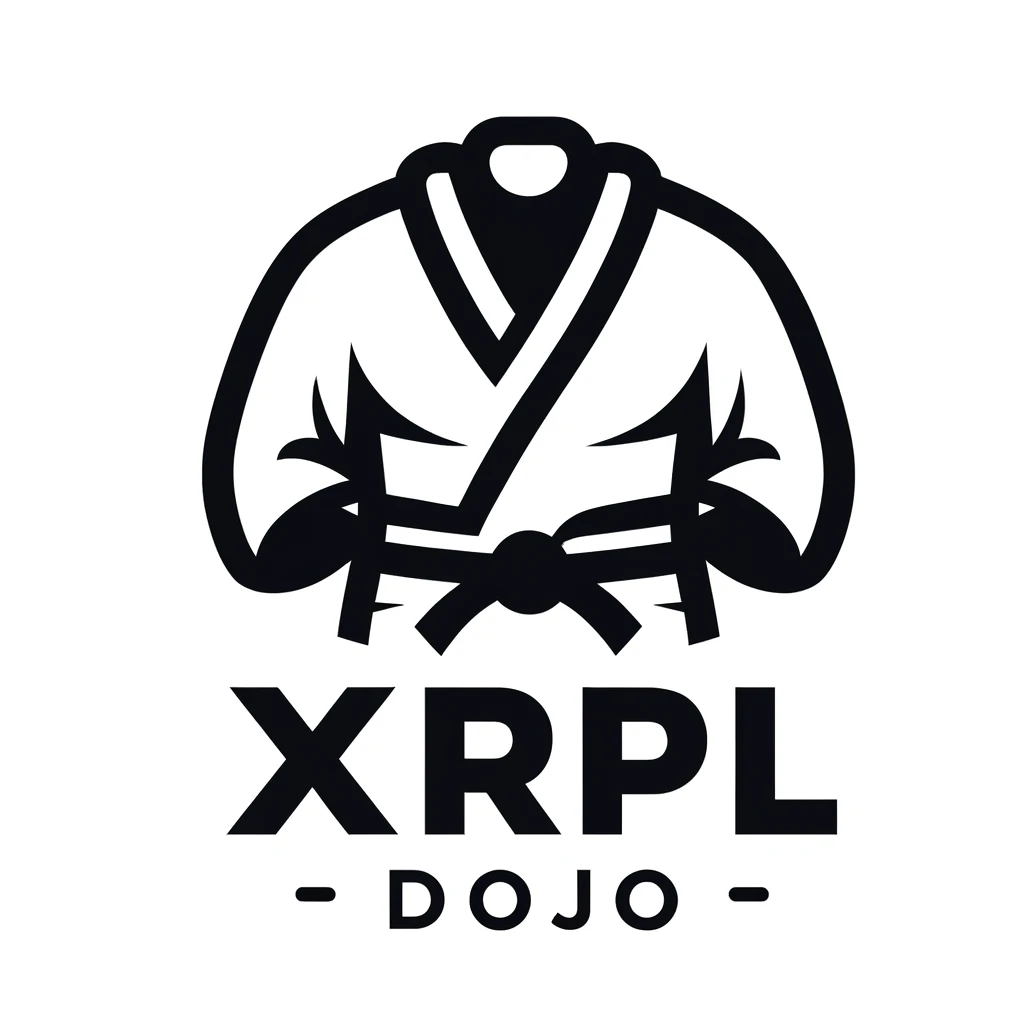About XRPL's Decentralized Exchange (DEX)
XRPL’s (XRP Ledger) Decentralized Exchange (DEX) is a unique feature for exchanging tokens directly on the XRPL network. We will explain the main concepts and features of XRPL’s DEX below.
What is a Decentralized Exchange (DEX)?
Section titled “What is a Decentralized Exchange (DEX)?”A Decentralized Exchange (DEX) is where users can trade directly with each other. Traditional exchanges (CEX) have a centralized administrator where transactions are completed, but DEXs does not have such administrator.
In other words, users can manage their own trades and may trade without intermediaries.
Features of XRPL’s DEX
Section titled “Features of XRPL’s DEX”The Decentralized Exchange of XRP Ledger is said to be the oldest in blockchain history, having been operated since its launch in 2012.
Let’s take a closer look at the features of XRPL’s DEX.
DEX as a Native Function
Section titled “DEX as a Native Function”The DEX of XRPL is designed as a part of the original protocol. This allows for direct trading without the need for additional smart contracts or external applications.
Typically, DEXs are developed and operated independently within each ecosystem, requiring users to trust each individual project.
Compared to other chains, having a native DEX within the network is extremely rare, making it one of the most unique features of XRPL.
Transparency
Section titled “Transparency”XRPL’s DEX has a decentralized order book where all offers are recorded in the ledger and updated real-time.
All transactions are highly transparent, and users can view transaction histories and the order book status real-time.
Auto-Bridging
Section titled “Auto-Bridging”XRP is the native currency of the XRPL network, used for paying transaction fees, but it also has another role.
It acts as an “intermediary currency”.
When there are offers to exchange two types of currencies other than XRP, XRP can be used as an intermediary currency in a synthesized order book, a process called “auto-bridging.”
For example, when placing an order against the USD/JPY order book, you can not only use the liquidity of USD/JPY, but also the liquidity of USD/XRP and JPY/XRP pairs, allowing for better rates.
Summary
Section titled “Summary”Unlike other chains, XRPL’s DEX operates as a native DEX of XRPL.
Users only need to trust XRPL to use the DEX, making it a very user-friendly blockchain.
From a developer’s perspective, the biggest advantage is that there is no need to develop the DEX itself, allowing developers to focus on product development using XRPL’s DEX.
